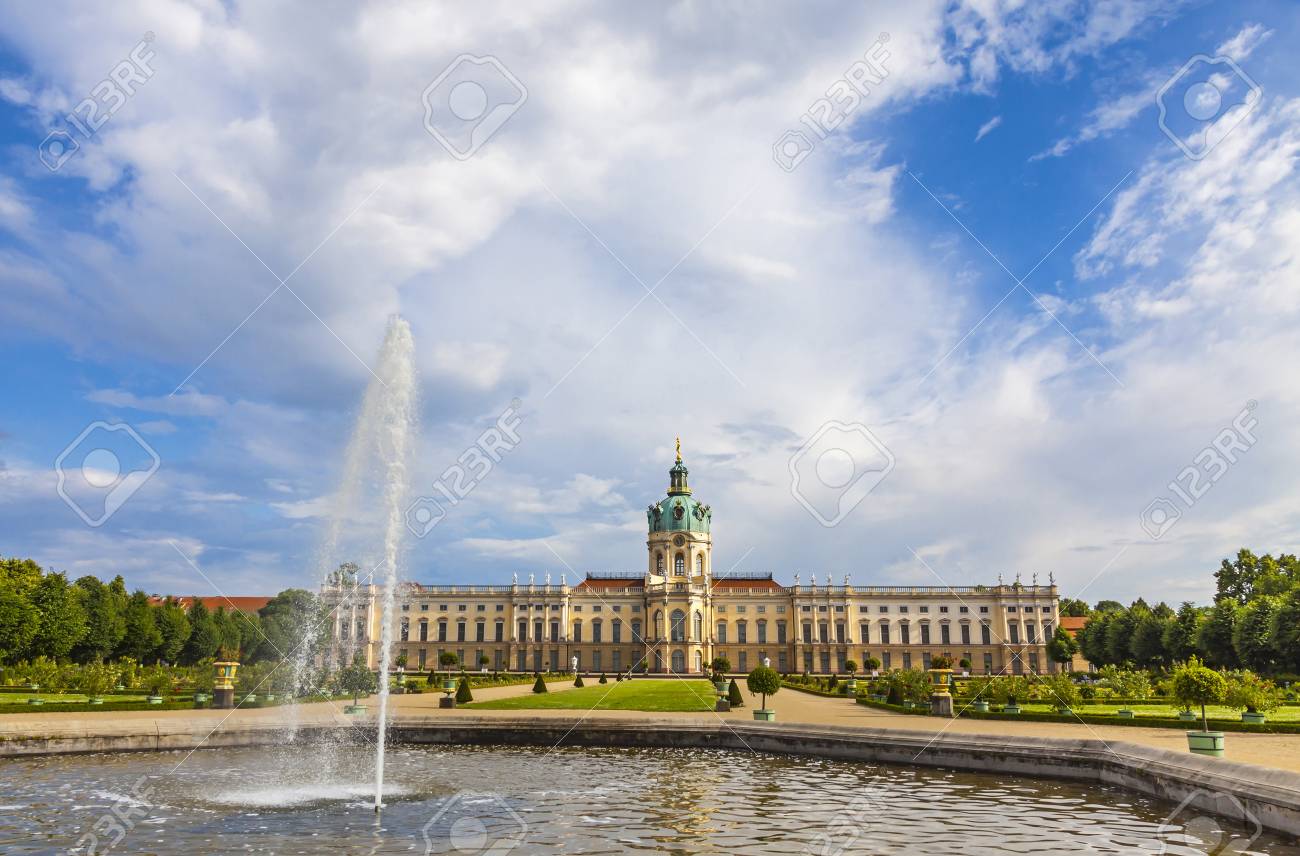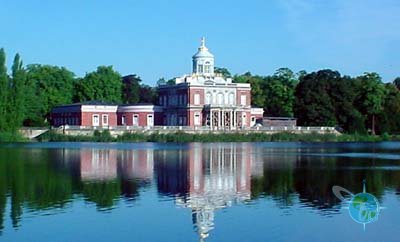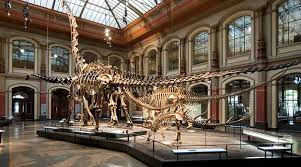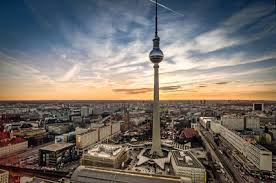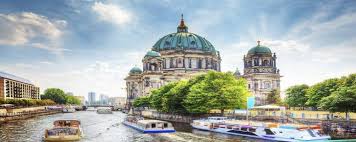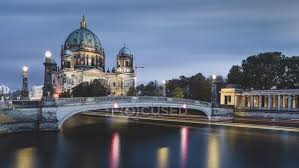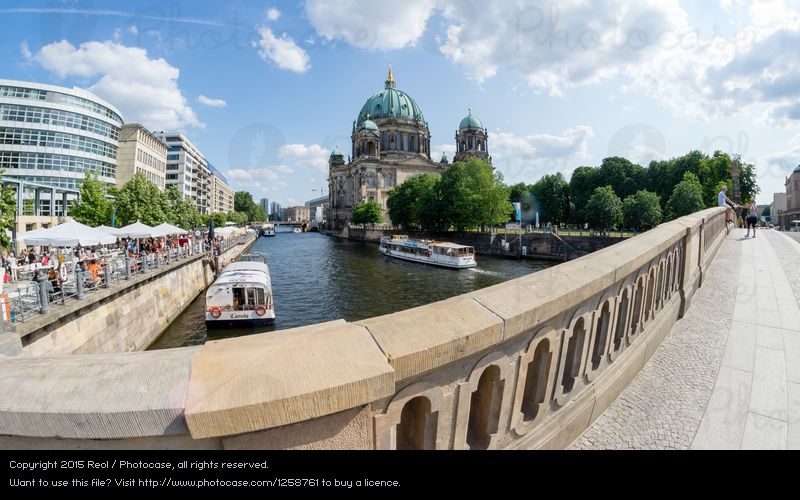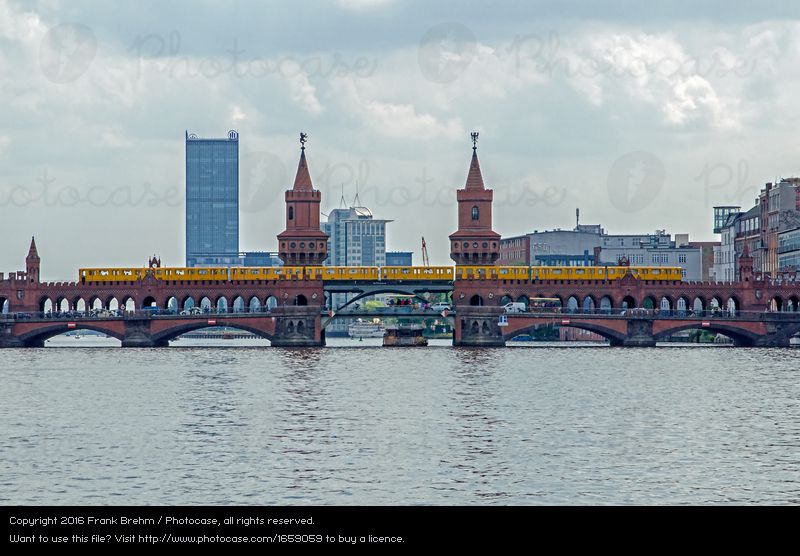Venue & Hospitality



City Highlights
About City
Berlin is the capital city of Germany with a population of approximately 3.5 million. Berlin is located in the eastern part of Germany and an important hub to the Eastern European states like Poland. Berlin is the the seventh most populous urban area in the European Union and second most populous city in the European Union. Berlin’s economy is based on the service sector because it is one of the most popular touristic destinations in Europe. Berlin location is influenced by a temperate seasonal climate due to its location in the European plain. Around one-third of the city's area is composed of forests, canals, parks, gardens, rivers, and lakes Bradenburgh Gate is the Berlin’s most famous historic place. it is a 400-meter-long canal the Spree Island is located Between the river spree and the Kupfergarden, Spree Island is well known as Museum Isand, a UNESCO World Heritage Site. Here, you can find many of the city’s oldest and most beautiful museums. Berlin has created a highly complex transportation framework giving very differing modes of urban mobility. 979 bridges cross 197 kilometres of inner-city waterways, 5,334 kilometres of streets run through Berlin, 73 kilometres are motorways. Berlin is home to world-renowned universities, museums, orchestras, and entertainment venues, and is host to many sporting events.
Climate
Summers are generally warm and sometimes low temperatures of 12–14°C (54–57°F)humid with average high temperatures of 22–25°C (72–77°F) Winters are cool with average high temperatures of 3°C (37°F) and low temperatures of −2 to 0°C (28 to 32°F). Spring and autumn are mostly chilly to mild.
Universities and research centres
The major famous colleges are Free University of Berlin, Humboldt University of Berlin, Technical University of Berlin, Berlin University of the Arts, University of Potsdam, Hertie School of Governance, Steinbeis University of Berlin, ESMT European School of Management and Technology, Touro College Berlin. Berlin has a high thickness of research organizations, for example, The Fraunhofer Society, The Leibniz Association, The Helmholtz Association, and the Max Planck Society, which are autonomous of, or just approximately associated with its colleges. An aggregate number of around 65,000 researchers are working in innovative work in 2012.
Berlin Attractions:
- Reichstag Building
- Brandenburg Gate
- Berlin Television Tower (Fernsehturm)
- Gendarmenmarkt
- Berlin Cathedral
- Kurfurstendamm
- Charlottenburg PalaceMuseum Island
- The Berlin Wall Memorial and Documentation Centre
- Potsdamer Platz
- Jewish Museum
- Grosser Tiergarten and the Victor Coloumn
Venue
Berlin,Germany


